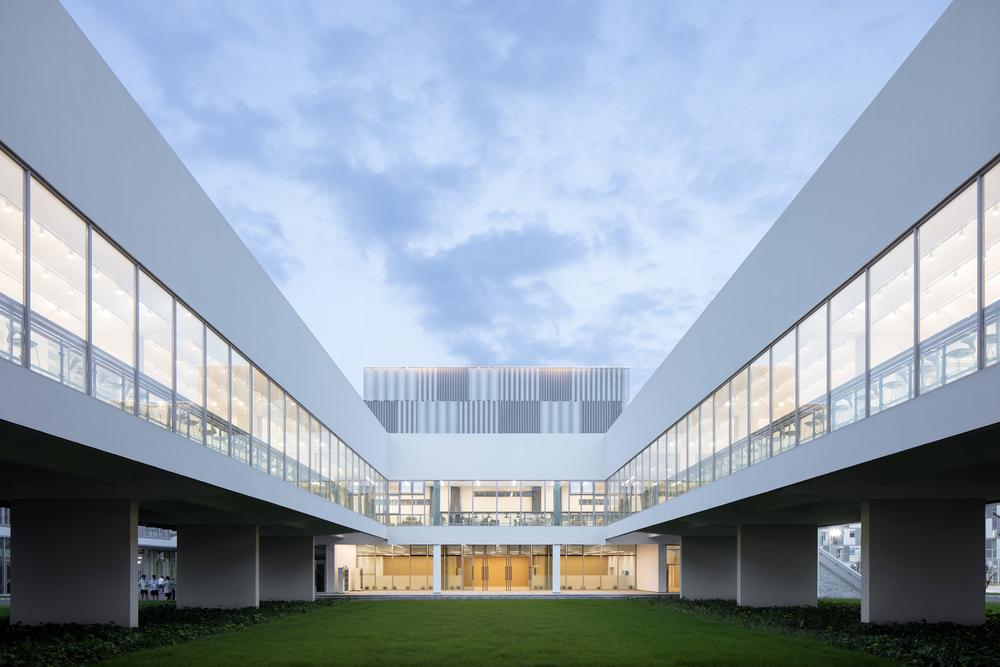- Home
- Articles
- Architectural Portfolio
- Architectral Presentation
- Inspirational Stories
- Architecture News
- Visualization
- BIM Industry
- Facade Design
- Parametric Design
- Career
- Landscape Architecture
- Construction
- Artificial Intelligence
- Sketching
- Design Softwares
- Diagrams
- Writing
- Architectural Tips
- Sustainability
- Courses
- Concept
- Technology
- History & Heritage
- Future of Architecture
- Guides & How-To
- Art & Culture
- Projects
- Interior Design
- Competitions
- Jobs
- Store
- Tools
- More
- Home
- Articles
- Architectural Portfolio
- Architectral Presentation
- Inspirational Stories
- Architecture News
- Visualization
- BIM Industry
- Facade Design
- Parametric Design
- Career
- Landscape Architecture
- Construction
- Artificial Intelligence
- Sketching
- Design Softwares
- Diagrams
- Writing
- Architectural Tips
- Sustainability
- Courses
- Concept
- Technology
- History & Heritage
- Future of Architecture
- Guides & How-To
- Art & Culture
- Projects
- Interior Design
- Competitions
- Jobs
- Store
- Tools
- More
Modern Meets Traditional: Blending Styles for Unique Interiors

In the realm of interior architecture, the harmonious blend of modern and traditional styles has emerged as a trendsetting approach, crafting spaces that are both innovative and timelessly elegant. This article delves into how blending these diverse styles can result in unique and captivating interiors.
Table of Contents
Toggle1. Grasping the Core of Modern and Classic Design Principles
To effectively merge modern and classic design elements in interior architecture, one must first grasp the foundational characteristics of each style. Modern design is recognized for its simplicity, straight lines, and subdued color schemes, often incorporating materials like metal and glass. In contrast, classic design radiates a sense of comfort and history, showcasing detailed craftsmanship, deeper color tones, and natural materials such as wood and stone.
2. Mastering the Harmony of Diverse Elements
The secret to blending modern and traditional interior styles lies in mastering the harmony between contrasting elements. This approach involves creating a cohesive dialogue between the sleek, clean lines of modern design and the ornate, detailed aspects of traditional decor. For instance, a contemporary minimalist chair placed next to an intricately carved wooden side table can strike an intriguing balance, enriching the overall aesthetic of the space.

3. Color Palettes: Bridging Styles with Hues
Color plays a pivotal role in uniting these diverse styles. Opting for a neutral base palette allows for greater flexibility in blending elements. Accents in bolder hues or classic patterns can then be introduced to add depth and character. For example, a room with modern white walls can be enlivened with traditional patterned cushions or a vintage rug.
4. Mixing Materials and Textures
Integrating a variety of materials and textures is another effective way to combine modern and traditional styles. A contemporary glass-top table can be complemented with plush, traditional upholstered chairs. Similarly, combining sleek metal finishes with rich, wooden textures can create an inviting and dynamic interior.

5. Integrating Artwork and Decorative Pieces
Artwork and decorative pieces play a crucial role in blending modern and traditional styles within an interior space. Selecting the right art and decor can bridge the gap between these two design aesthetics, providing a visual link that unifies the room. Contemporary artwork can add a bold, modern touch to a space with traditional furniture, while classic sculptures or vintage decor can lend a sense of history and elegance to a more modern setting. The choice of artwork and decorative items should be thoughtful and intentional, ensuring they complement both design elements without overpowering them.
6. Accessorizing with Purpose
Accessories are the finishing touches that can tie the whole look together. Modern art pieces can be displayed in a room with traditional furniture to create an eclectic mix. Conversely, adding traditional elements like a classic vase or a stack of antique books can soften a predominantly modern space.

7. Leveraging Architectural Elements for Style Fusion
Architectural features within a space can serve as a foundational canvas for melding modern and traditional design styles. Embracing the inherent architectural elements of a building can provide a unique backdrop for this stylistic fusion. For instance, maintaining original architectural details like crown moldings or arched doorways in a contemporary renovation can add a traditional touch, while incorporating sleek, modern fixtures and finishes. This approach allows the architecture itself to become an integral part of the design narrative, seamlessly blending the old with the new.
8. Personalization: The Ultimate Goal
Ultimately, the goal of blending modern and traditional styles is to create a space that reflects personal style and comfort. It’s about creating interiors that resonate with the inhabitants, offering a unique blend that is both functional and aesthetically pleasing.
Blending modern and traditional styles in interior architecture offers endless possibilities to create spaces that are both innovative and timeless. By understanding and respecting the essence of each style, and through thoughtful integration of elements, designers and homeowners can craft interiors that are uniquely theirs – a perfect blend of the past and the present.
illustrarch is your daily dose of architecture. Leading community designed for all lovers of illustration and #drawing.
Submit your architectural projects
Follow these steps for submission your project. Submission FormLatest Posts
The Ultimate Guide to Fencing in North Dakota: Choosing the Best Fence for Your Property
Watching a chain link fence twist in 70 mph winds near Minot...
Gaudí: Where Architecture Meets Science
Gaudí: Where Architecture Meets Science shows catenary arches, ruled surfaces, and biomimicry...
How Housing Market Forces Shape Architectural Design Today
Architecture never exists in isolation. Buildings rise from a mix of ambition,...
Why Portable Formaldehyde Gas Detectors Matter on Construction Sites
As construction practices shift toward more enclosed and material-intensive environments, the risk...












Leave a comment